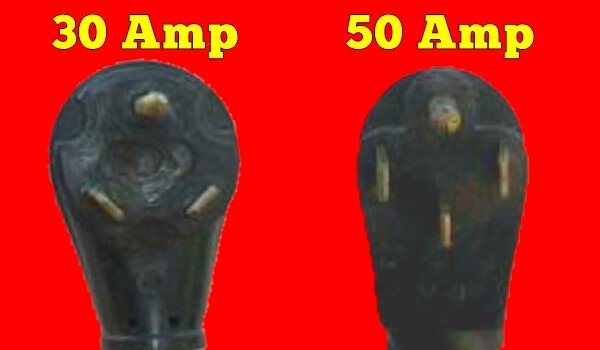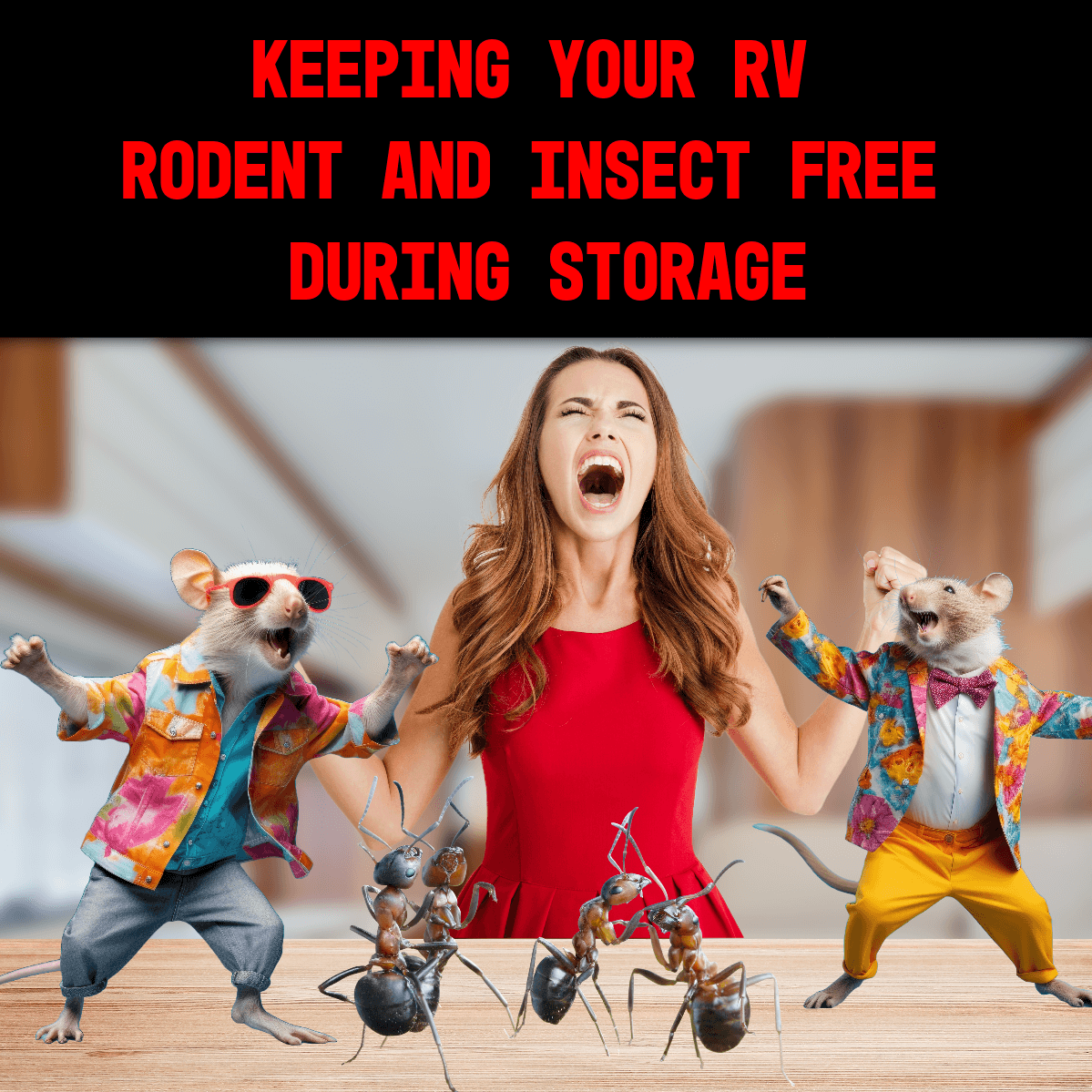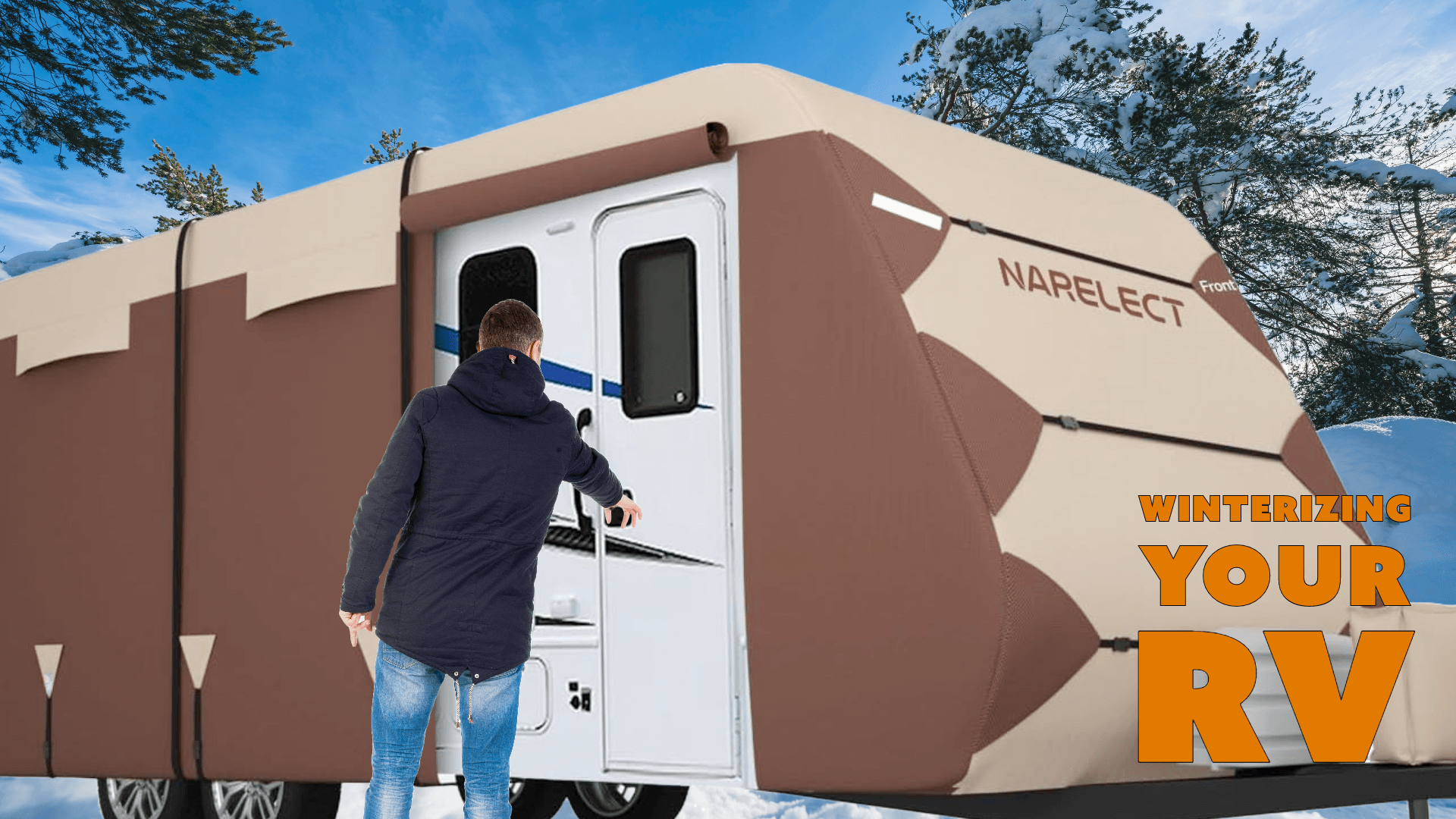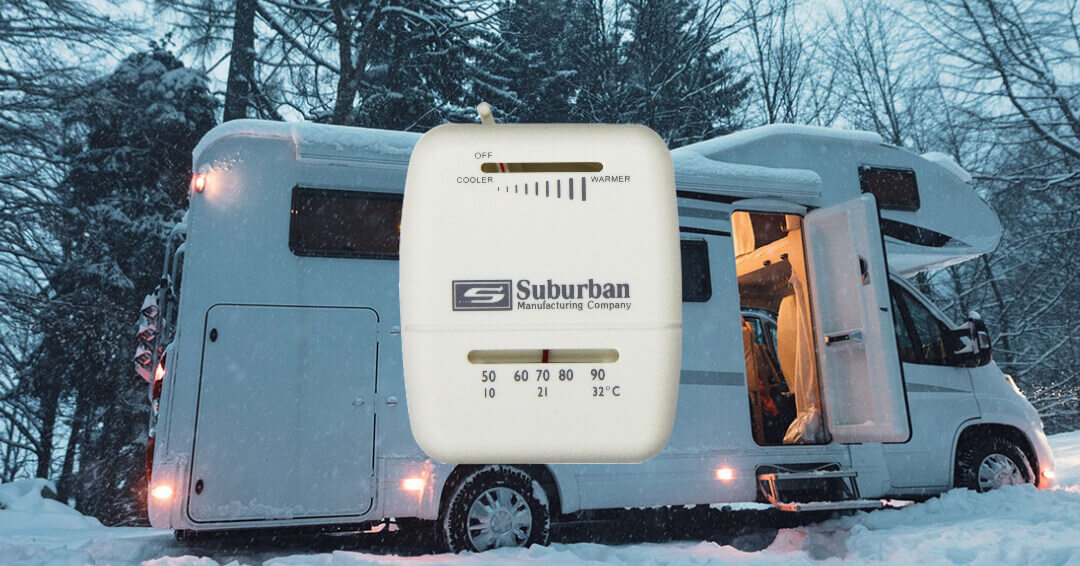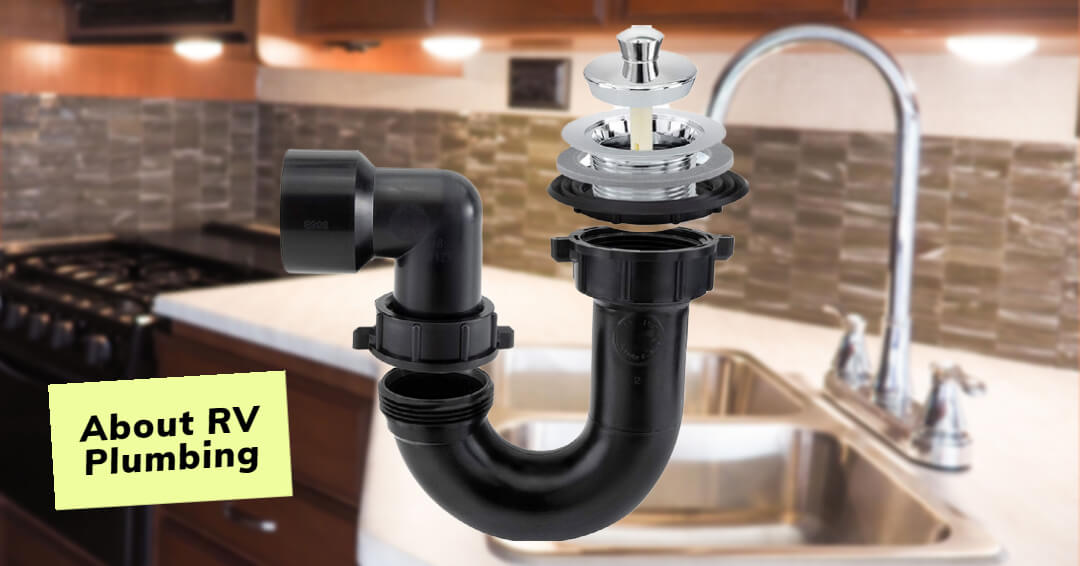- Home Page
- RVing Tips & Tricks
- Plug Rv Into House
How to Plug Your RV Into House Electric
By Alan Wiener
Editor, Everything About RVing
One of the most common questions I get is: "Can I plug my RV into my house's electrical system?" The answer is, yes you can hook up an RV to electric in the house but, you are going to be severely limited on what appliances can be run and you will not be as comfortable as you could be if the RV was hooked up to a proper source of electricity.
You might want to watch our video below on How to plug your RV into your home's electrical system.
You can subscribe to the Everything About RVing YouTube Channel for some great videos about RVing

If you are planning to keep your RV plugged into a house electrical system whenever you are not using it, I would strongly suggest that you contact an Electrician and get an estimate on installing a 30- or 50-Amp receptacle close to the RV. This may be a better option, as it will allow you to use all of your RV's electrical items without limitation because it would be just like being plugged in at an RV park.
However, depending on where you live, you may not be able to have the 30- or 50-Amp receptacle put in due to building codes in your area. This option may also end up being cost-prohibitive. That being said, here are the steps to follow to set up your RV to work on a 3-prong household plug.
Determine if the RV is set up for 50 Amps or 30 Amps
If you have the owner’s manual for your RV it will tell you if you require 30-amp or 50-amp service. Either way you can run some of the appliances (with limitations) off a 15- or 20-amp household three prong receptacle. If you do not have the manual, the easiest way to determine the setup is looking at the male plug in the electrical compartment of the RV.
The picture above shows what 30 Amp and 50 Amp plugs look like.
Now that we know what setup you have, look below to find out what adapters you will need.
30 Amp Setup: The setup is pretty straight forward; all you need is a RV Adapter 15 Amp Male to 30 Amp Female. Either one of the adapters listed below will work.

50 Amp Setup: You will need one of the 30-amp to 15-amp adapter listed above and you will also need a 50 Amp Female to 30 Amp Male adapter listed below will work for you.

30A Male to 50A Female Adapter
Now you would plug your RV into the 30A Male to 50A Female Adapter and plug the other end of the adapter into the 30 Amp to 15 Amp Adapter and plug that adapter into your home electric.
Determine What Amperage The House Receptacle Is
The 3-prong receptacle in the house could either be on a 15- or 20-amp circuit. The way to find out is by looking at the circuit breaker box. Hopefully, the Circuit Breakers are properly marked so you know which breaker is for the particular circuit that you will be plugging into. The circuit breaker will be marked with how many amps it controls for that circuit. The number 15=15 Amps and the number 20=20 Amps.
Also understand that the circuit for the plug you are using may have other plugs on it as well. If the circuit you are using is a 15-amp circuit, it means that the total amps on that circuit cannot be greater than 15 amps or the breaker will trip. So, you may not actually have 15 amps available to you depending on what else is operating off of that circuit.
Plugging In The RV
Once you have installed the three-prong adapter on the power cord from the RV it is time to plug it in.
Special Note: If for some reason the power cord on the RV does not reach the receptacle you are going to plug into on the house, you may want to use an extension cord. If this is the case, it is important to understand that you cannot just use any extension cord that you buy at a hardware store.

10 Gauge Vinyl Outdoor Extension Cord
The extension cord should be at least a 10 Gauge Vinyl Outdoor Extension Cord and should be just long enough to reach the receptacle you are plugging into. Using a longer extension cord can create more heat and also makes it more inefficient.
Here are the steps to take the first time you plug in
1. Make sure all electrical appliances in the RV are turned off.
2. Turn off the breaker on the house circuit you are using.
3. Plug the RV electric cord into the house receptacle you have chosen.
4. Reset the house circuit breaker, you should now have electric to the RV. If the circuit breaker goes off again, double check to make sure that all electrical appliances in the RV are turned off.
Limitations On Running Appliances
Just because you are now plugged in, does not mean you can run all of the electrical appliance at one time like you could if you were hooked up at a Campground or RV Park. You have to limit your usage to be below the 15 or 20 Amp limit for the circuit you are hooked up to. If you exceed the amperage limit you will continually trip the house circuit breaker.
Here is some information on Amp usage for common electrical items found in an RV.
AMP HOGS
The appliances listed below should not be run at the same time or you will trip the circuit breaker:
- Roof Air Conditioner
- Hair Dryer
- Microwave
- Toaster
- Toaster Oven
OK To Run Together
The appliances listed below can be run safely together:
- TV
- VCR
- Laptop Computer
- RV Refrigerator
- 12-volt lighting
Save 50% Off Campsites with Passport America
If you are not sure how many amps an appliance uses here is a simple formula to determine amps.
Divide the Watts by the Volts and that will give you the Amps for that appliance.
You can now see that this may not be the ideal way of using your RV, but, if you are only planning on using it for sleeping, or keeping the house batteries charged, it can be done.
FAQ
Can I plug my RV into my house's electrical system?
Can I plug my RV into my house's electrical system?
Yes, you can connect your RV to your house's electrical system, but you will be limited in the appliances you can run due to amperage restrictions.
What should I do if I plan to regularly plug my RV into house electric?
What should I do if I plan to regularly plug my RV into house electric?
It's advisable to contact an electrician to install a 30- or 50-Amp receptacle near your RV. This allows you to use all RV electrical items without limitations, like park hookups.
How do I know if my RV needs a 30 Amp or 50 Amp setup?
How do I know if my RV needs a 30 Amp or 50 Amp setup?
Check your RV's owner’s manual or look at the male plug in the RV's electrical compartment. The type of plug indicates whether it's a 30 Amp or 50 Amp setup.
What kind of extension cord should I use if the RV's power cord doesn't reach the house receptacle?
What kind of extension cord should I use if the RV's power cord doesn't reach the house receptacle?
Use at least a 10 Gauge Vinyl Outdoor Extension Cord that is just long enough to reach the receptacle. Avoid longer cords to prevent heat buildup and inefficiency.
What are the limitations of running appliances when my RV is plugged into a house electric?
What are the limitations of running appliances when my RV is plugged into a house electric?
You need to limit your usage below the 15- or 20-Amp limit of the house circuit. Running high-amp appliances like air conditioners or microwaves simultaneously can trip the circuit breaker.

